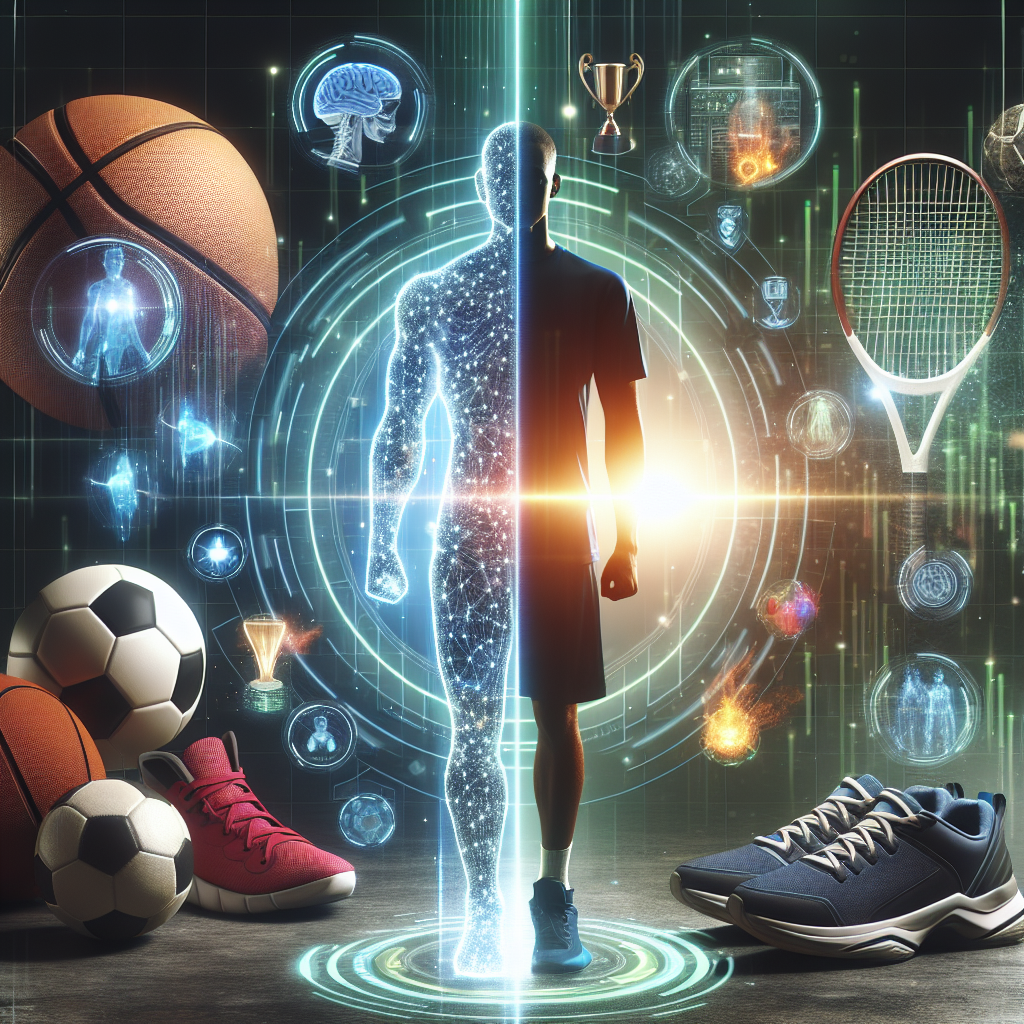Sports injury prevention is a critical aspect of ensuring the health and well-being of athletes at all levels. In recent years, there has been a growing interest in the use of artificial intelligence (AI) in sports injury prevention. AI has the potential to revolutionize the way athletes train, compete, and recover from injuries. In this article, we will explore the role of AI in sports injury prevention and discuss how it is being used to improve athletic performance and reduce the risk of injury.
AI in Sports Injury Prevention
Artificial intelligence is a branch of computer science that focuses on creating machines that can perform tasks that typically require human intelligence, such as learning, reasoning, and problem-solving. In the context of sports injury prevention, AI is being used to analyze vast amounts of data to identify patterns and trends that can help athletes and coaches make informed decisions about training, recovery, and injury prevention.
One of the key ways in which AI is being used in sports injury prevention is through the use of wearable devices and sensors. These devices can track a wide range of data, including heart rate, body temperature, movement patterns, and more. AI algorithms can then analyze this data to identify potential risk factors for injury, such as overtraining, poor technique, or muscle imbalances. By monitoring these factors in real-time, athletes and coaches can make adjustments to their training programs to reduce the risk of injury.
Another area where AI is making a significant impact in sports injury prevention is in the field of biomechanics. AI algorithms can analyze video footage of athletes in action to identify movement patterns that may increase the risk of injury. For example, AI can detect subtle changes in running gait that could lead to stress fractures, or identify weaknesses in a golfer’s swing that could result in a shoulder injury. By pinpointing these issues early on, athletes and coaches can work to correct them before they lead to more serious injuries.
AI is also being used to develop personalized training programs for athletes based on their individual needs and goals. By analyzing data on an athlete’s performance, recovery, and injury history, AI algorithms can identify areas where the athlete may be at risk for injury and recommend specific exercises or techniques to address those weaknesses. This personalized approach to training can help athletes optimize their performance while reducing the risk of injury.
FAQs
Q: How does AI analyze data to prevent sports injuries?
A: AI algorithms can analyze a wide range of data, including wearable device data, video footage, and performance metrics, to identify patterns and trends that may increase the risk of injury. By analyzing this data in real-time, AI can provide athletes and coaches with insights into potential risk factors and recommend strategies to prevent injuries.
Q: Can AI predict sports injuries before they occur?
A: While AI cannot predict sports injuries with 100% accuracy, it can identify risk factors that may increase the likelihood of injury. By monitoring these risk factors over time, athletes and coaches can take proactive steps to prevent injuries before they occur.
Q: How accurate is AI in identifying potential injury risks?
A: The accuracy of AI in identifying potential injury risks depends on the quality and quantity of data that is available for analysis. In general, AI algorithms can be highly accurate in detecting patterns and trends that may increase the risk of injury, especially when trained on large datasets.
Q: How can athletes and coaches incorporate AI into their training programs?
A: Athletes and coaches can incorporate AI into their training programs by using wearable devices and sensors to track performance data, implementing AI-powered biomechanical analysis tools, and working with sports scientists and data analysts to interpret and act on the insights provided by AI algorithms.
In conclusion, artificial intelligence is playing an increasingly important role in sports injury prevention. By analyzing vast amounts of data and identifying patterns and trends that may increase the risk of injury, AI can help athletes and coaches make informed decisions about training, recovery, and injury prevention. By incorporating AI-powered tools and technologies into their training programs, athletes can optimize their performance and reduce the risk of injury, ultimately leading to a healthier and more successful athletic career.

